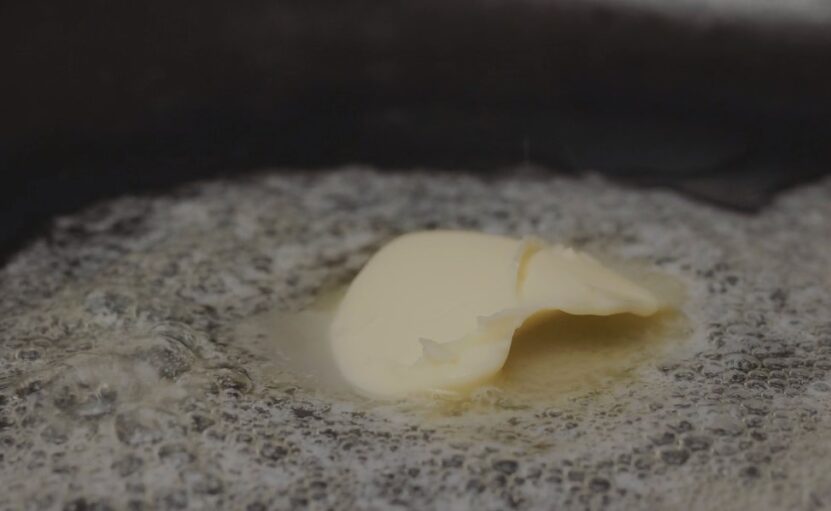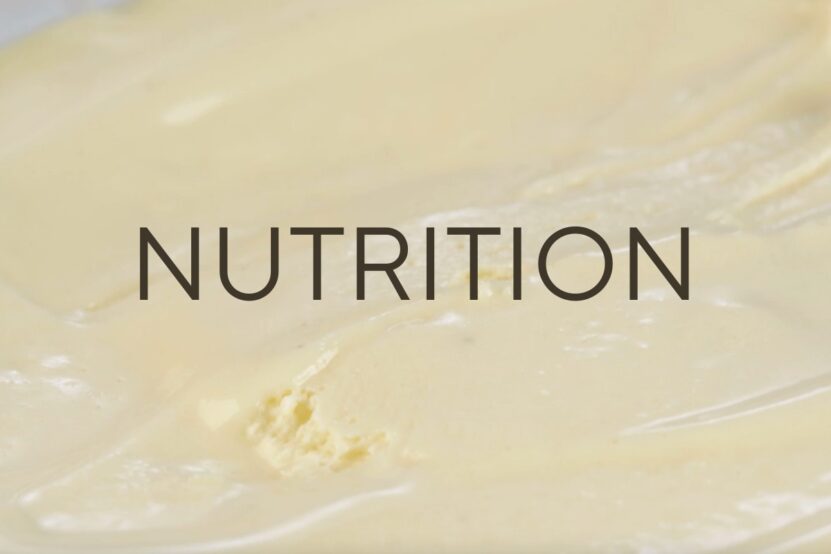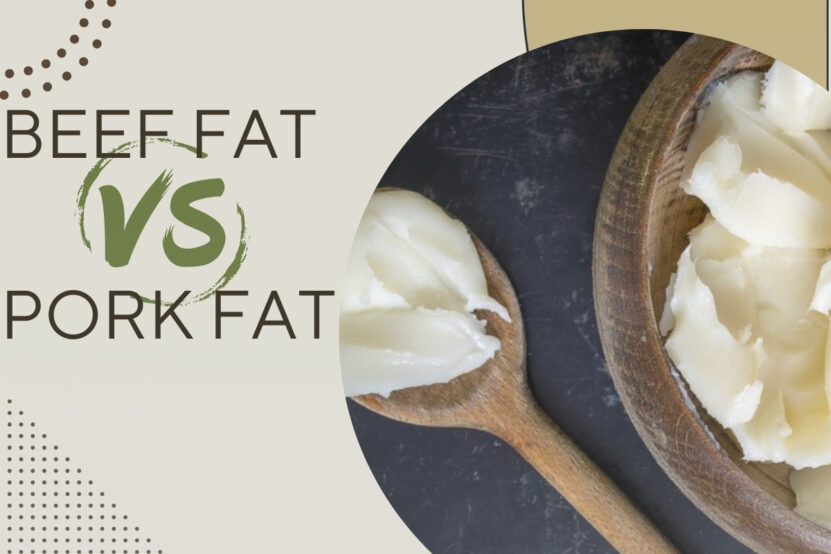There’s no question that the fats we use in cooking can dramatically impact the flavor, texture, and nutritional profile of our dishes. With my kids being as picky as they are and my desire to keep meals both delicious and somewhat nutritious, I’ve tested both beef and pork fat.
In this article, I will make a comparison between these two popular animal fats. Let’s start!
Beef Fat

When we talk about beef fat, we’re primarily focusing on three types suet, tallow, and marrow.
Each of these has a unique role in the kitchen, and it’s not just about adding richness.
Beef fat brings a depth of flavor and a texture to dishes that’s hard to match.
- Suet is that hard fat around the kidneys and loins. It’s the secret behind the flakiest pastries.
- Tallow is rendered beef fat. Think of it as your go-to for frying anything to crispy perfection.
- Marrow is like the luxurious cousin here. Scooped out from bones, it’s what fine dining dreams are made of.
For those days when I’m feeling adventurous and decide to deep-fry or am in the mood to attempt pastry making, beef fat is my choice.
Pork Fat

Pig fat has some other options too that are great for cooking. Lard is the most common – it comes from around the kidneys and waist of the pig. Fatback comes from the back, while leaf lard is the soft white fat found in the cavity.
When I’m baking or need a gentle cooking fat, I lean towards pork fat options. Leaf lard especially makes the flakiest pie crusts ever. The fat around the kidneys must be premium stuff! And nothing comforts like the taste lard gives your cooking. I bet dishes fried or sauteed in it just feel like a big cozy hug.
Let’s Compare the Nutrition Facts

Beef and pork fats have calories for sure, but they ain’t the same nutritionally.
Beef fat has more of those saturated fats your doctor probably warns you about. Pork fat is higher in the better monounsaturated kind though.
So if you’re watching your nutrition, that difference might help pick one over the other.
| Nutrient | Beef Tallow | Pork Lard |
|---|---|---|
| Calories | 115 | 116 |
| Total Fat (g) | 13 | 13 |
| Saturated Fat (g) | 6 | 5 |
| Vitamin D (IU) | 14 | Not significant |
| Vitamin E | Trace amount | Slightly higher than beef tallow |
| Minerals (Zinc, Iron) | Trace amounts | Trace amounts |
Flavor

Beef
Since it’s high in saturated fat, beef fat holds up great to high heat cooking like frying and roasting. This keeps those natural tastes shining through.
Each kind also brings its own taste.
Tallow has an almost nutty heartiness perfect with potatoes and roots. Suet is neutral so it mixes with both sweet and savory recipes. Marrow is so rich and creamy, it makes anything feel super fancy!
Pork
Pork fat has a subtler, sweeter taste than beef. ‘Cause it has more unsaturated fat, it soaks up flavors better.
That makes it perfect for recipes where a soft taste is best. Like “confit” where food cooks slow in fat over low heat until super tender.
Leaf lard is the most neutral pork fat. It won’t add a porky taste to sweet baked goods like pie.
Fatback has a stronger porkiness that’s awesome for charcuterie and sausage. Regular lard has a nice mix of flavors fitting for both sweet and savory dishes.
Summary
Next time you’re cooking, ask yourself about the flavors you want to feature and the textures needed. Then see how beef or pork fat will fit into making your meal well-balanced.
Don’t forget to have fun experimenting too! Some of the best family recipes happened because someone was curious.
As long as you put love into your cooking, I’m sure whatever you choose will be delicious.

Hi there, I’m Sophie, 35, and I love to cook and experiment with new recipes. It’s my secret sauce for keeping my hubby and three kiddos smiling and our home filled with joy. Cooking is my way of saying, “I love you,” and seeing my family happy and healthy is the best reward.





